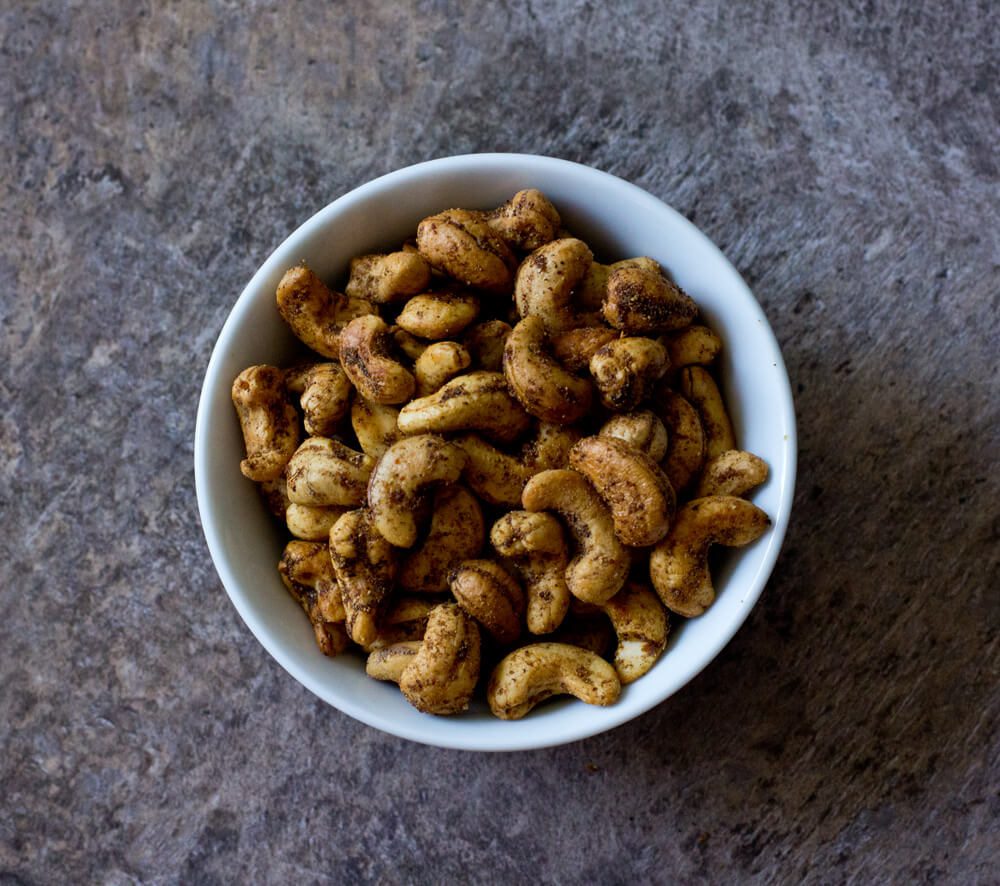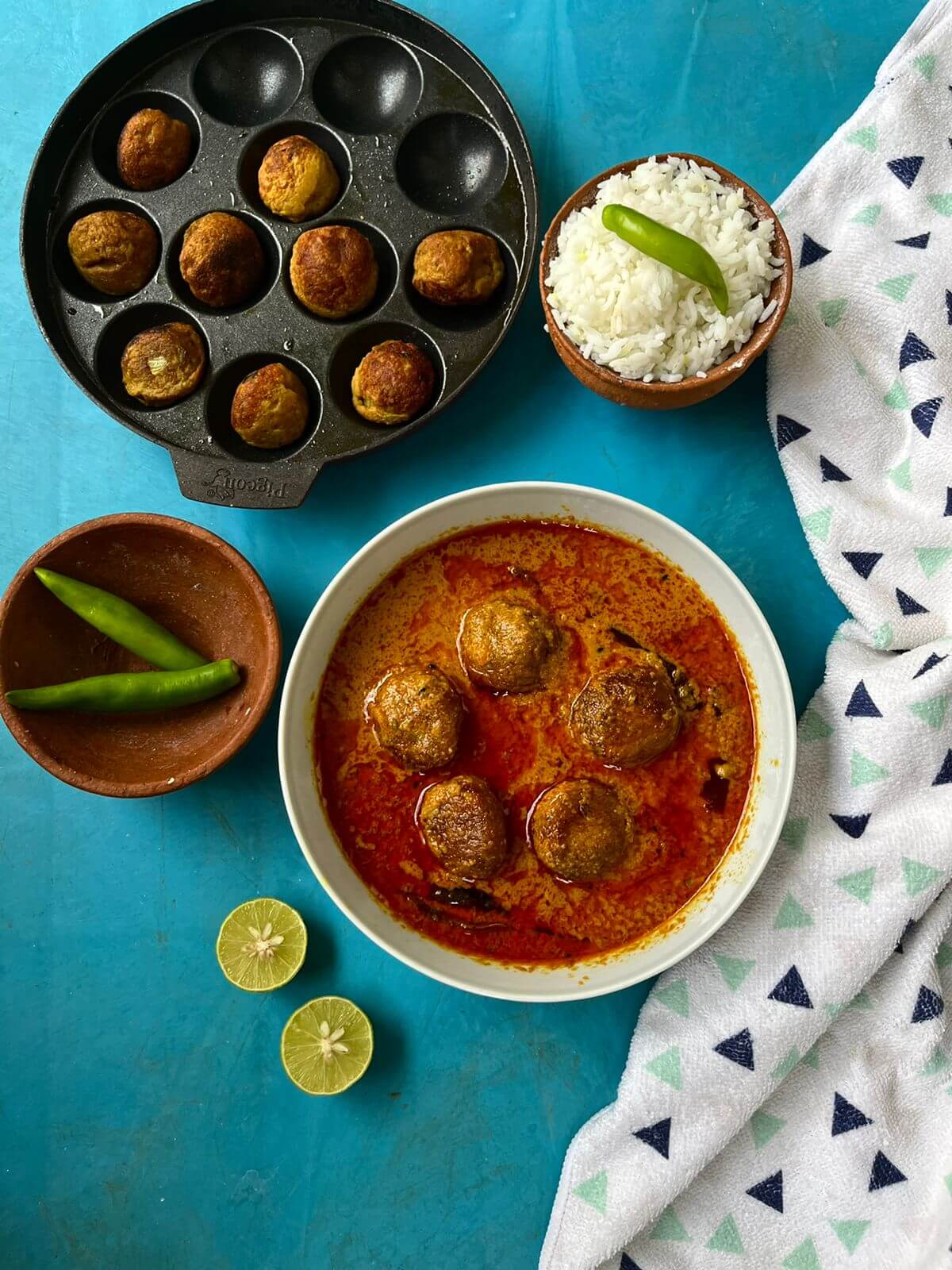The romantic legend that one hears in Odisha is that the Goddess Lakshmi was irked with her husband as he went off for a nine-day trip without her consent. She locked the Jai-Vijay Dwar, one of the temple doors to prevent Lord Jagannath to enter the sanctum sanctorum of the temple. Local legends tell us that Lord Jagannath offered rasagullas to appease her. Over 300 years old temple scriptures show the existence of rasagulla. There seems to be not much proof to strengthen the claim that the rasagulla has been doing the rounds since 12th century, though there are many cheer leaders for it. The mystery being that there is no mention of the rasagulla in the list of Chhappan Bhog, the ritual offering of fifty six delicacies as prasad to Lord Krishna in the temple. It may be possible that the tradition of offering rasagulla may be of more recent origin. Odisha’s historians say that this controversial ball of yumminess originated as Khir Mohana. Chitra Banerjee, the historian and food writer, says that there are no references to Chhena before 17th century either. There are innumerable references in poetry, literature and legends about milk, ghee, yoghurt or curds and butter but one does not find any mention of Chhena or cottage cheese as Lord Krishna’s preferred food. Lily traces the antiquity of rasagulla and also suggests that it originated in Bengal, despite Odisha’s recent claims. Here’s the weekly column, exclusively for Different Truths.
Have you ever been transported to a luscious sweet heaven in one or two unbelievable morsels? It’s an almost ivory colored sphere of God’s own favourite food and of that I have no doubt at all. The roshogulla (Bengali pronunciation) or rasagulla is the kind of dessert, which could break meditations of sadhus just as any gyrating Apsara (Divine nymphs) could! It tempts palates and lures diabetics to die with sugar overdoses. This pearl tinted globe of cheese, enticingly drowned in sugar syrup emerged in the East of India a long time ago. Although the Bengalis believe that it is as Bengali as communism, the people of Odisha, till most recently Orissa, lay claim to be the original creators of this marvel. History knew this area as Kalinga too. Well the Odiyas have staked a Geographical Indication (GI) claim to the rasagulla. Laxmidhar Pujapanda, the public relations officer (PRO) of the Jagannath Temple, in Puri, is quoted by the Times of India saying “Rasagulla has been part of the Rath Yatra rituals ever since the Jagannath temple came into existence in the 12th century.” Well, it definitely is used for prasad till today.
The romantic legend that one hears in Odisha is that the Goddess Lakshmi was irked with her husband as he went off for a nine-day trip without her consent. She locked the Jai-Vijay Dwar, one of the temple doors to prevent Lord Jagannath to enter the sanctum sanctorum of the temple. Local legends tell us that Lord Jagannath offered rasagullas to appease her. The ritual known as Bachanika is observed till date after the return of the Rath Yatra. The arrival of God known as Niladri Bije finds mention in Niladri Mahodaya, which has been estimated at 18th century by Sarat Chandra. Over 300 years old temple scriptures show the existence of rasagulla. There seems to be not much proof to strengthen the claim that the rasagulla has been doing the rounds since 12th century, though there are many cheer leaders for it. The mystery being that there is no mention of the rasagulla in the list of Chhappan Bhog, the ritual offering of fifty six delicacies as prasad to Lord Krishna in the temple. It may be possible that the tradition of offering rasagulla may be of more recent origin. Odisha’s historians say that this controversial ball of yumminess originated as Khir Mohana, which later blossomed into the Pahala rasagulla. Pahala is a city near Bhubaneswar where there was a surfeit of milk. The milk was being thrown and wasted until the Odiya priests taught them to curdle the milk.
Well, what I find truly fascinating and intriguing is what the historian K T Acharya points out. It seems  that the act of splitting milk was supposed to be profane, therefore, cheese was a sort of taboo in Hinduism. This seems highly probable as milk holds a sacred status in this religion. It is highly unlikely that sweets made out of cheese might have been a Brahmanical offering to the gods in the 12 th century. Lord Krishna, the avatar of Lord Vishnu, was brought up by foster parents amidst cow herds and dairy farmers and was fond of all kinds of milk products. Chitra Banerjee, the historian and food writer, says that there are no references to Chhena before 17th century either. There are innumerable references in poetry, literature and legends about milk, ghee, yoghurt or curds and butter but one does not find any mention of Chhena or cottage cheese as Lord Krishna’s preferred food.
that the act of splitting milk was supposed to be profane, therefore, cheese was a sort of taboo in Hinduism. This seems highly probable as milk holds a sacred status in this religion. It is highly unlikely that sweets made out of cheese might have been a Brahmanical offering to the gods in the 12 th century. Lord Krishna, the avatar of Lord Vishnu, was brought up by foster parents amidst cow herds and dairy farmers and was fond of all kinds of milk products. Chitra Banerjee, the historian and food writer, says that there are no references to Chhena before 17th century either. There are innumerable references in poetry, literature and legends about milk, ghee, yoghurt or curds and butter but one does not find any mention of Chhena or cottage cheese as Lord Krishna’s preferred food.
During medieval times to Chaitanya Mahaprabhu, the Hindu reformer had a sweet tooth and relished milk based ones too yet we don’t read about him eating anything made with cheese. It interests me immensely to read that during medieval times Bengalis also made sandesh with khoa or kheer (a condensed milk solid) and not with cheese. It’s still in vogue and is known as kheer e r sandesh.
When Vasco da Gama found his way to India, the Portuguese left behind smatterings of their language and bits of their cuisine in Maharashtra and Bengal. The Portuguese taught the Indians how to make cheese with citric acid. The resultant spongy chhena rasagullas could have come in their wake.
 The 2016 committee that was investigating into the truth of the assumptions has agreed that Odisha is the original land of rasagullas. There is a possibility that affluent Bengali households that employed Odiya cooks might have learnt the art from them. On the basis of the Madala Panji, a chronicle of the Jagannath Temple and the Dandi Ramayana, it seems we have an answer.
The 2016 committee that was investigating into the truth of the assumptions has agreed that Odisha is the original land of rasagullas. There is a possibility that affluent Bengali households that employed Odiya cooks might have learnt the art from them. On the basis of the Madala Panji, a chronicle of the Jagannath Temple and the Dandi Ramayana, it seems we have an answer.
The rasagulla that we eat now is not the exact original recipe. Nobin Das modified it as he wanted to extend the shelf life and make it non-perishable. The tinned rasagulla that is the brain child of his son K C Das is now spongier and may be eaten at any temperature. It is easily available in its canned avatar in Pakistan, Bangladesh, United Kingdom and the United States of America. Besides KC Das, Bikaner and Delhi have their own brands that sell very well. Festival time in Bengal means rasagullas made with jaggery syrup as well. The other runners in this race are the  rasamalai, rasakdam, malai cho, chamcham, pantua, chhena jhilpi, chhena gaja and the kheersagar. So while Bikalanand Kar of Odisha marketed the now popular Bikali kar rasagulla, the name of Bengal’s Nobin Das is Rasagulla’s Columbus.
rasamalai, rasakdam, malai cho, chamcham, pantua, chhena jhilpi, chhena gaja and the kheersagar. So while Bikalanand Kar of Odisha marketed the now popular Bikali kar rasagulla, the name of Bengal’s Nobin Das is Rasagulla’s Columbus.
Closer home, my late mother often had a huge rasagulla craving periodically, making my dad find the best in town. I was also blessed to always have generous and indulgent Bengali and Odiya friends during our life in the army. That meant that I was never short of the most exquisite desserts from the places most famous for them, as there was always caring persons coming back from their vacations in their hometowns in Bengal or Odisha. The memory of Rajesh Khanna, the Hindi film superstar wearing traditional Bengali attire and carrying a bowl fashioned out of a leaf in which he carried rasagullas for Sharmila Tagore, who was playing his lady love in the popular film, Amar Prem, is firmly etched in my memory.
Half a million Bengali girls are lovingly called Mithu, Mishti, Mithhi, and Mithhil. I feel the rasagulla defines both the sweet temperament and the melodious voices of the Bengalis. Another quaint connection that a Bengali friend pointed out is that a lot of Bengalis have round faces! I believe in the town of Bhatpara, in North 24 Parganas, the roshogullas are coated with actual sugar particles. The Notun Gurer Roshogulla takes on a beige colour due to the jaggery. As far as I am concerned, it’s always the Rajbhog for me. Saffron flavoured and reminiscent of a chamcham! The Nepalis call it the rasbhari.
Even the names drive me crazy with desire. So here’s a recipe you might like to try:
http://139.59.80.127/food/rasgulla-the-iconic-bengali-sweet/
©Lily Swarn
Photos from the internet.






 By
By

